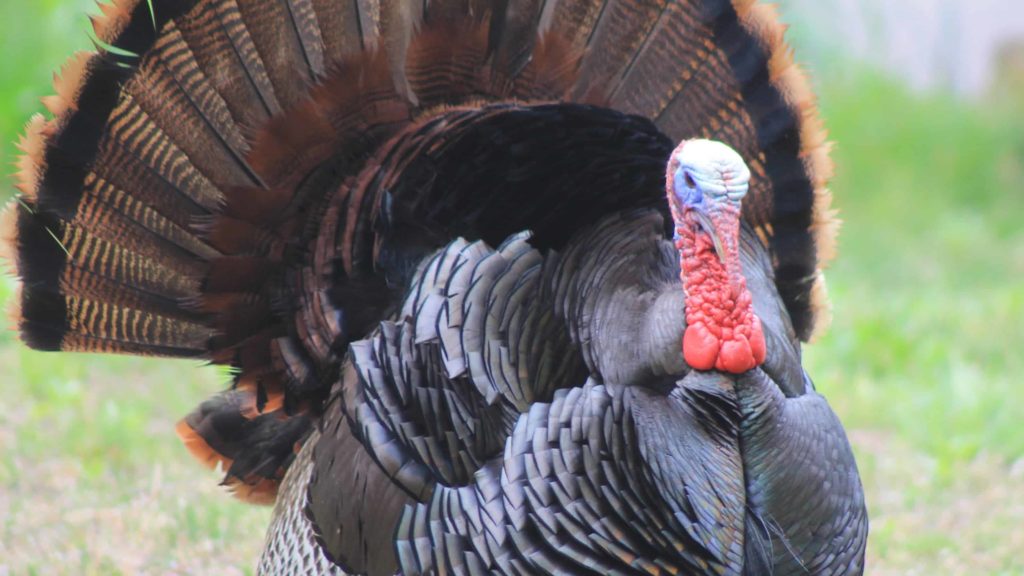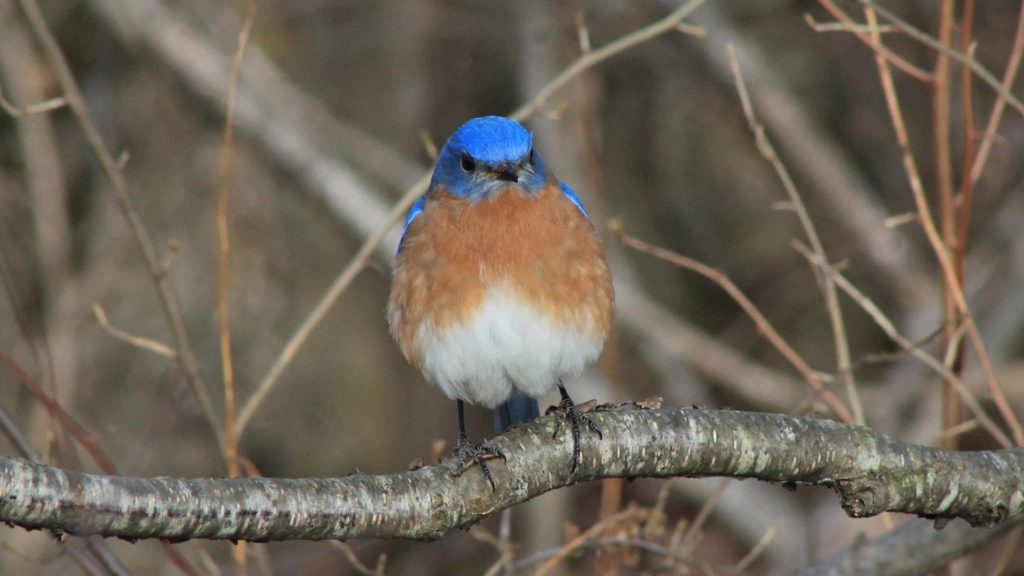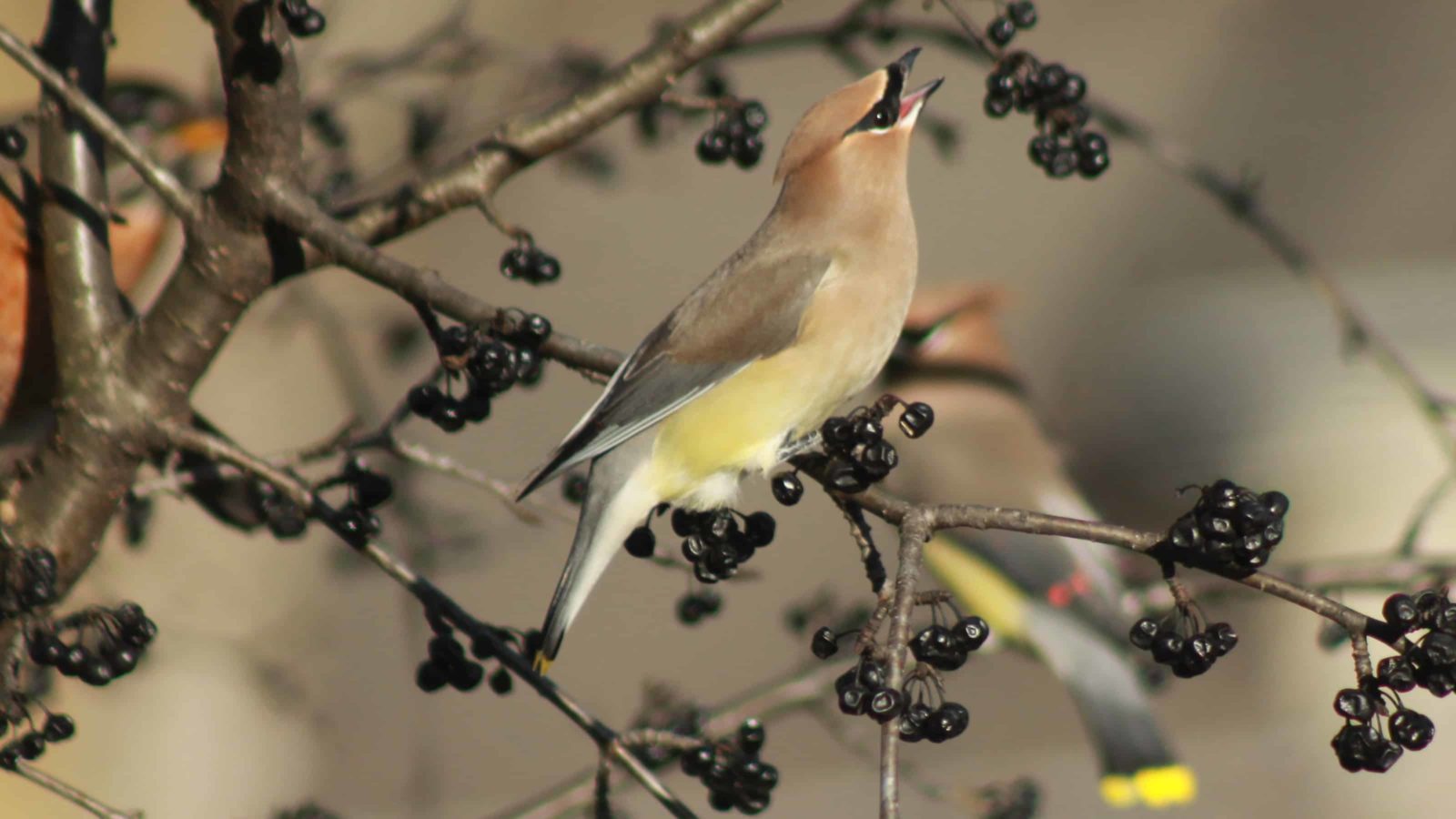On an early winter morning, Cherylene Czaja-Hillard watches ducks and geese flying past her window in Adams. They look for open water, she says, for feeding grounds. And one morning she saw more than 200 crows making their way east.
Sharing a cup of coffee at Tunnel City in North Adams, she remembers the sound and power of birds lifting off even in midwinter.
On February 14 to 17, she will be on a quest for them, and she is inviting the Berkshires to join her. Every year, she said, some 32 million people around the world look out for the birds they can see living around them.
The Cornell Lab of Ornithology and the National Audubon Society collect the results, in the first online citizen-science project to gather information on birds. They call it the annual Great Backyard Bird Count, and Czaja-Hillard is a local ambassador.
As researchers put together the movements of birds across continents, they gain insights on broader questions, said Zachary Adams, a naturalist and birder with Mass Audubon, talking by phone from Pleasant Valley Sanctuaries in Lenox.
Through the bird count, researchers can see where birds live and how they move, and how those movements change. They can watch where birds find food and where food sources are low, when they thrive and when they leave.



These movements can give a broader picture of changes in the climate and the health of the forests and meadows where birds live, Czaja-Hillard said — how clean the water and the air are, how much forest an area has lost.
“Birds are our alarm clocks,” she said. “They show the health of ecosystems.”
She has always loved watching them. She grew up in a house with bird books on the kitchen counter and a feeder near the window. When her father came home from the war in 1945, she said, he had learned to love the birds he saw in Mediterranean and the Pacific. They gave him beauty and calm.
Her mother knew birds familiarly when they met.
“She loved evening grosbeaks,” Czaja-Hillard said quietly.
When they built a house together, they looked for the birds around them, and they taught her to know them.
“I’ve been a birder all my life,” she said.
She has been involved with the count since it stepped into the digital world in 1998. That was in the early years when it was becoming common for people here to have computers at home and connections to the internet, she said. Cornell and the National Audubon got together and realized they might be able to reach people online.
Before then, studies like this worked through the mail, she said. Volunteers put up fliers, and people would write down and send in their answers. Volunteers would take months to tally them.
Since then the bird count has grown worldwide. Last year people in more than 130 countries got involved, Czaja-Hillard said, and between them they found and recorded more than 6850 species of birds.
Here and in the northern half of the world, midwinter is a quiet season, Adams said. Many birds have migrated, but some birds stay through the winter. Some migrate short distances as they look for food; like the waterfowl, blue herons and kingfishers look for ponds that aren’t completely iced over.
The Berkshires can have a range of habitats, he said, from boreal forest high on the ridges to rivers and fens in the valleys.
In February, locals looking out at their backyards or taking a quiet ramble in the woods may hear the rattle of woodpeckers — in winter they eat larval insects that burrow into wood. On warmer days, insect-eating birds can find small flying insects along stream beds, Adams said. Birds that love berries and seeds, like cedar waxwings, can still find them, even if the berries are died or fermented on the bushes in the cold.
And some raptors overwinter here. A red-tailed hawk might glide over a meadow, or a Cooper’s or a sharp-shinned hawk. Occasionally he has seen rarer cousins, like red-shouldered hawks and northern harriers.
In New England, winter is also a good season for owls. Great Horned Owls nest in February, Adams said. The owlets hatch in late February and early March, and in February the owls are calling to each other in the night woods.
Eastern screech owls, small Saw-whet owls and broad brown and white barred owls live here too.
In some years, a change in weather, a flood or fire, or low supply of food can bring birds farther than they usually travel, Czaja-Hillard said, as snowy owls came south than usual in 2014. That movement is called an irruptive year or a superflight, though she and Adams have not seen evidence of any this year.
The Berkshires has seen a mild winter so far, Adams said. In February, people may see birds that have hung around more because of the comparatively gentle weather — dark-eyed juncoes or white-throated sparrows. Some birds usually stay for the winter — chickadees, nuthatches, titmice, even the bright flash of a bluebird.
Some birds that used to live farther south have begun to move northward, he said, like cardinals and black vultures, showing the warming pattern in the climate.
Czaja-Hillard has also seen changes, some that sadden her and some she welcomes.
“We have bald eagles in Cheshire now,” she said. “It’s refreshing to see that.”
And in the early spring, hummingbirds make their way from Jaeschke’s orchards to her feeder until the native honeysuckle and trumpet vine open their blooms.
***
Up close
What: Great Backyard Bird Count
When: February 14 to 17
Where: Your own backyard (or streets, woods and fields near you) and gbbc.birdcount.org
Admission: Free
Information: gbbc.birdcount.org
North Adams Library will also hold a bird count photo display and contest, and Cherylene Czaja-Hillard will come to the Adams Visitors Center on at 10 a.m. on Feb. 14 to talk and answer questions about the count.
This story first ran in the Berkshire Eagle. My thanks to features editor Lindsey Hollenbaugh.

